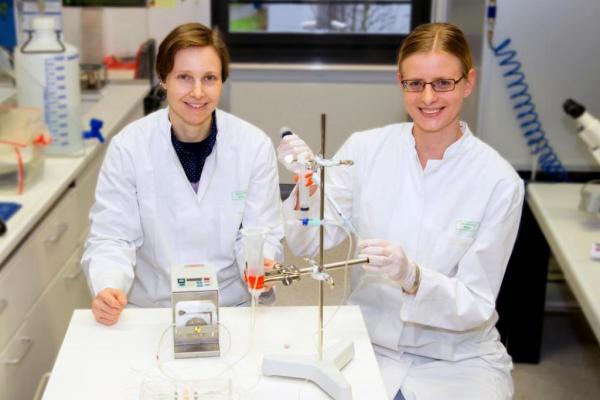
BONN, Germany, Jan. 6 (UPI) — Calcium deposits in arteries, or arteriosclerosis, clog the blood stream and can lead to a heart attack or stroke. While there are ways of clearing the arteries, fixes are often short-term.
Using nanoparticles, scientists in Germany found a way to deliver new endothelial cells to problem areas in arteries and return their function to normal, theoretically fixing the problem permanently.
Surgery to clear blockages or insert stents which reopen arteries are effective ways of returning blood flow to normal, at least for a time. The nanoparticles scientists used for the new method of opening blood vessels are magnetized, allowing for ideal placement of cells that will begin functioning normally — approaching a relative cure for the condition.
“These areas frequently become blocked with deposits once again,” said Dr. Daniela Wenzel, a professor at the the Institute of Physiology at the University of Bonn, in a press release. “In contrast, we are getting to the root of the problem and are restoring the original condition of healthy endothelial cells.”
In a study published in the journal Nano, scientists started by transferring the gene for an enzyme stimulating nitric oxide production into cultured endothelial cells, as well as nanoparticles with an iron core, magnetizing the cells.
Using a ring-shaped magnet configuration, the scientists then injected the cells into mouse arteries and guided them to the correct site using the magnet. Within half an hour, the scientists report, the endothelial cells adhered to the artery walls and were not flushed away by blood. The cells regained function quickly — as nitric oxide was produced by the cells, blood vessels expanded as they should in healthy arteries.
While the treatment appeared to be effective in the mice, more research is required before trying it in humans, Wenzel said.





